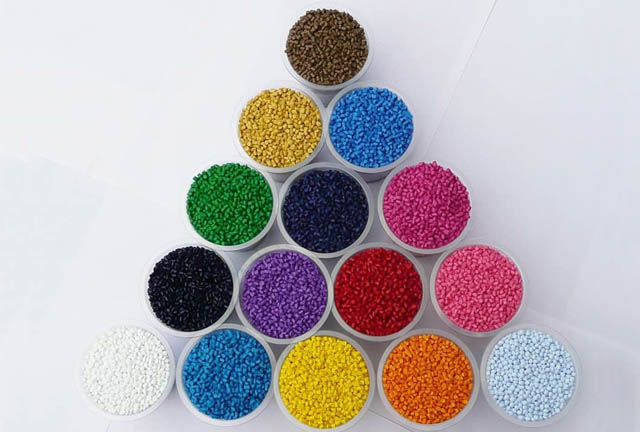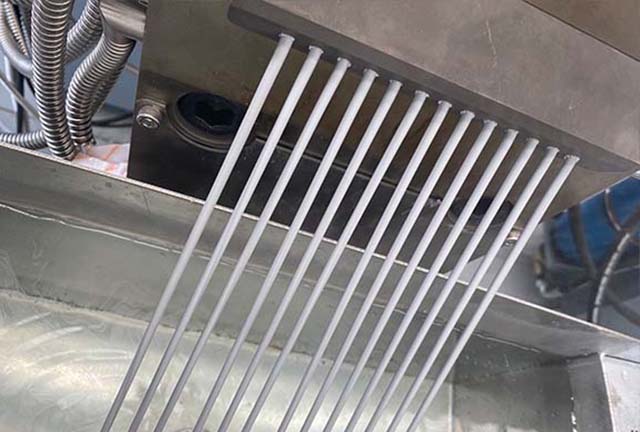Due to the limited conditions of the factory, it is not like the laboratory can be analyzed by instruments, but can only be identified by appearance. Preliminary judgment of different plastics by combustion method requires a certain amount of experience and long-term exposure. When identifying parts made of several materials, it is necessary to identify the plastic substances contained by the appearance recognition method and the combustion method at the same time.
The following describes the identification methods of several commonly used plastic materials:
- Appearance recognition method
- PE, PP, PA, etc. have different bendability, and have a hard waxy smoothness to the touch, and a soft horny sound when tapping. In contrast, PS, ABS, PC, PMMA, etc., have no extensibility, have a rigid touch to the touch, and have a crisp sound when tapping.
- The relative density of PE and PP is less than 1, so it floats in water; Most of the other plastics are larger than 1 and therefore sink in water.
- Before dyeing, LDPE plastic granules are milky white and transparent, soft, flexible and tough, slightly elongated, and easy to bite and deform with teeth; HDPE is milky white, opaque, slightly hard, not easy to extend, and can be deformed by biting with teeth; PP is white and translucent, more transparent than PE, lighter, and harder, and extremely difficult to deform when bitten with teeth.
- The main difference between PS, HIPS and ABS is that PS is brittle, while HIPS and ABS are tough, so PS is easy to brittle when bending. The latter two are difficult to break and are whitish at the bend; It is easily recognizable before staining, with transparent PS, milky white HIPS and light ivory ABS.
- Combustion observation method
- PE material: chemical name polyethylene, softer than PP material, not easy to break, can float on the water surface, the flame is yellow and blue when burning, it is very flammable, it will not self-extinguish when leaving the fire source, no smoke, there is a drop of melt, it will rise, and there is a paraffin smell.
- PP material: chemical name polypropylene, also known as 100 fold glue. Prone to problems: matte, brittle, flower, lack of glue, shrinkage, etc. The material is slightly soft, not easy to break, light specific gravity, can float on the surface of the water, the surface of the hand touches the sense of touch, very flammable, can be self-extinguished when leaving the fire source, the flame is yellow and blue, a little white smoke, it will rise, there is a melt dripping, petroleum smell, like coal.
- PVC material: chemical name polyvinyl chloride, the material is very soft, it will be automatically extinguished when leaving the fire source, the flame is yellow when burning, green edge, yellow-green white smoke, and chlorine smell. Prone to problems: lack of glue, peaking, shrinkage, water lines, oil stains, scorching, etc.



